This past Wednesday, I lost my grandmother at 87. She was a truly incredible woman, and I miss her dearly. Although she never related to the passion I have for all things mechanical (what grandmother does?), she adored the fact I had interests and hobbies that kept me engaged in a positive way. It's important to me to carry on with that because I knew it made her happy.
As mentioned above, I had purchased a new alternator (96 T-bird 3.8 application - 130A 3G clocked the good way). This arrived on Wednesday, after I had already discovered the battery terminal concern on Monday. Given the expense of returning a heavy item such as this and the inevitability of needing another 3G sooner or later, it made the most sense to install it and run it for the duration of its warranty. I did that last night.
I think I finally figured out how I got the 3G original pulley (the big one) to work on my 91 with the 6K507 belt - I put the belt on the pulley before I put the lower mounting bolt through the alternator. The belt cannot actually clear the pulley raised edge as long as the alternator is on the lower bolt, but the extra freedom afforded by its removal makes it work. This doesn't really bother me for a roadside belt change because the lower bolt is not that big of a deal to get out. So, the new 3G will spin quite a bit slower, and the larger pulley also means no more squeal due to undersized pulley (more contact area for the belt - an issue that has been brought up here before when running the small pulleys). Car seems a little more free to rev, too, which is interesting. Essentially underdriving the alternator from what it was before would account for freeing up some power.
I did notice that the new regulator on the new alt looks to be "slow". That is, it begins charging at just above battery voltage, and gradually climbs in .2V (or so) increments over the next 2 minutes or so, before arriving at about 14.4V where I expect to see it. This is not consistent with Motorcraft original regulators which shoot right up to 14.4 instantly on start, so I may choose to swap on a known-good regulator. On the other hand it might not represent any sort of problem.
My car's insomnia (headlights opening prematurely due to vacuum loss) has been worsening, so I had purchased a 50 foot roll of vacuum line in the appropriate size (7/32" ID, Gates 27043) in preparation. Today, I tested the major end components (the motors, and the reservoir), found they tested out OK, and replaced all of the 1981-vintage lines for the headlight doors. If leakage persists, I will examine the check valve (90s Taurus take-off) and the door control solenoid (1981 vintage) and proceed from there.
I did find that, when testing the vacuum motors from the other end of the lines rather than directly hooked to the motors individually, I had vacuum loss. Likely the lines just weren't airtight anymore.
Check valve is an easy fix: put another one one.
Solenoid is less-so. The valve inside is constructed the same as the parking brake release valves, so if the rubber block inside degrades beyond a certain point, that's it, it's done. I do have spares but I'm hoping it's not that.
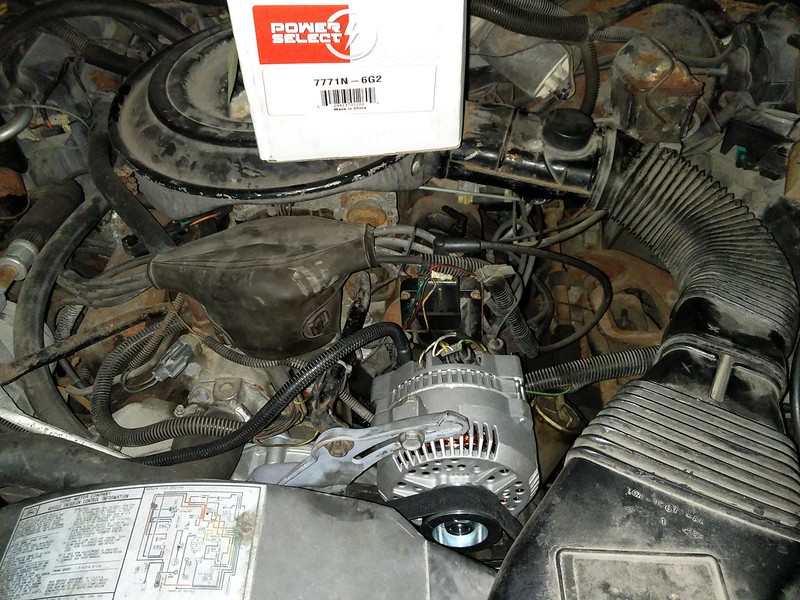
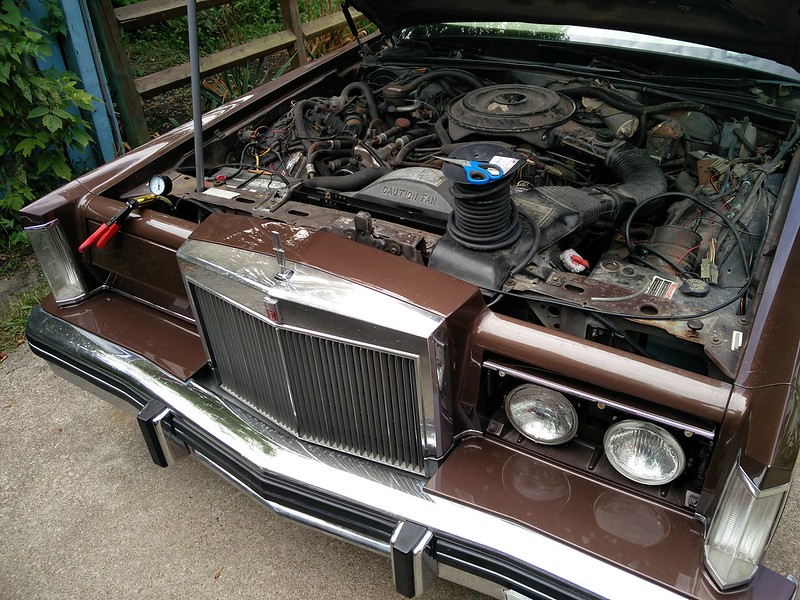
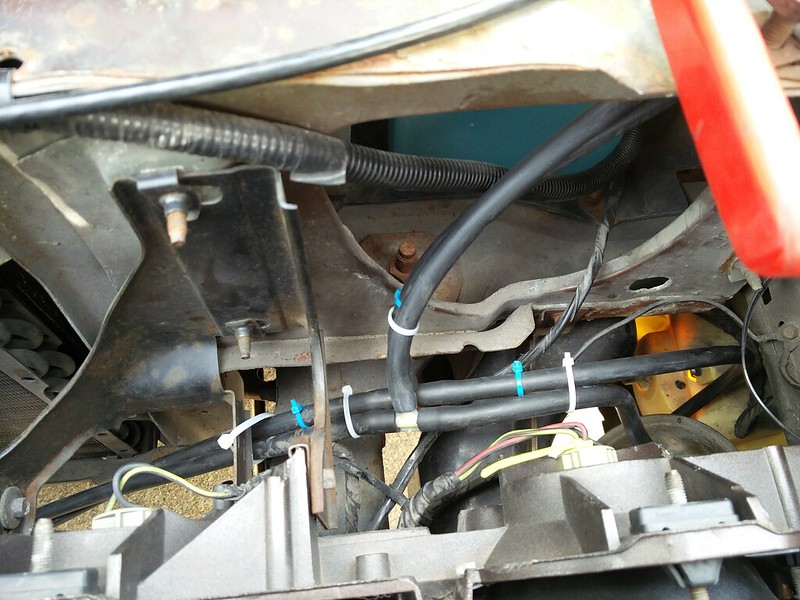
As mentioned above, I had purchased a new alternator (96 T-bird 3.8 application - 130A 3G clocked the good way). This arrived on Wednesday, after I had already discovered the battery terminal concern on Monday. Given the expense of returning a heavy item such as this and the inevitability of needing another 3G sooner or later, it made the most sense to install it and run it for the duration of its warranty. I did that last night.
I think I finally figured out how I got the 3G original pulley (the big one) to work on my 91 with the 6K507 belt - I put the belt on the pulley before I put the lower mounting bolt through the alternator. The belt cannot actually clear the pulley raised edge as long as the alternator is on the lower bolt, but the extra freedom afforded by its removal makes it work. This doesn't really bother me for a roadside belt change because the lower bolt is not that big of a deal to get out. So, the new 3G will spin quite a bit slower, and the larger pulley also means no more squeal due to undersized pulley (more contact area for the belt - an issue that has been brought up here before when running the small pulleys). Car seems a little more free to rev, too, which is interesting. Essentially underdriving the alternator from what it was before would account for freeing up some power.
I did notice that the new regulator on the new alt looks to be "slow". That is, it begins charging at just above battery voltage, and gradually climbs in .2V (or so) increments over the next 2 minutes or so, before arriving at about 14.4V where I expect to see it. This is not consistent with Motorcraft original regulators which shoot right up to 14.4 instantly on start, so I may choose to swap on a known-good regulator. On the other hand it might not represent any sort of problem.
My car's insomnia (headlights opening prematurely due to vacuum loss) has been worsening, so I had purchased a 50 foot roll of vacuum line in the appropriate size (7/32" ID, Gates 27043) in preparation. Today, I tested the major end components (the motors, and the reservoir), found they tested out OK, and replaced all of the 1981-vintage lines for the headlight doors. If leakage persists, I will examine the check valve (90s Taurus take-off) and the door control solenoid (1981 vintage) and proceed from there.
I did find that, when testing the vacuum motors from the other end of the lines rather than directly hooked to the motors individually, I had vacuum loss. Likely the lines just weren't airtight anymore.
Check valve is an easy fix: put another one one.
Solenoid is less-so. The valve inside is constructed the same as the parking brake release valves, so if the rubber block inside degrades beyond a certain point, that's it, it's done. I do have spares but I'm hoping it's not that.









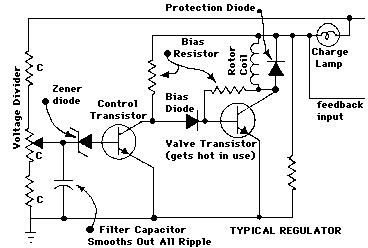
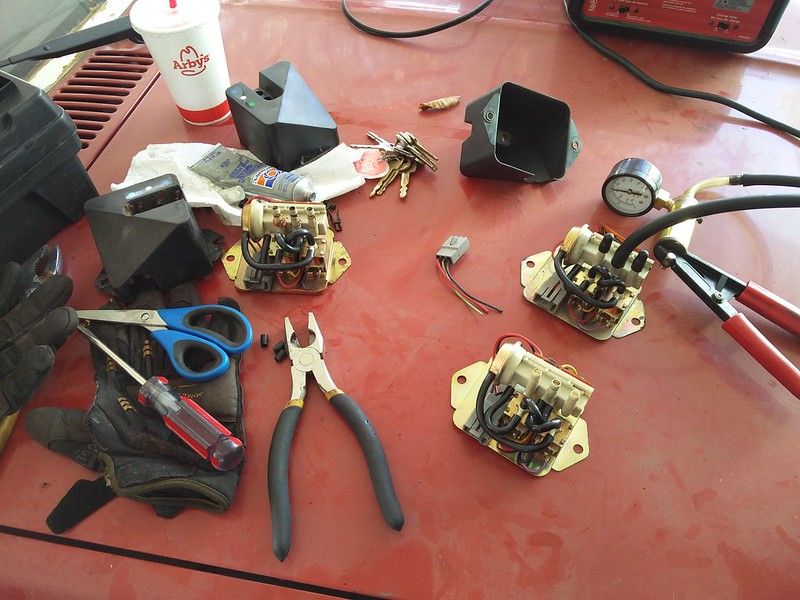
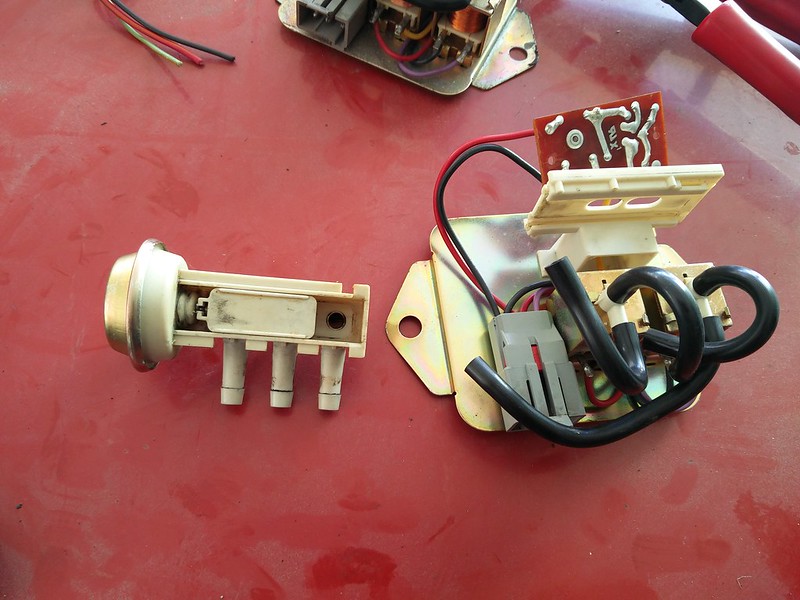
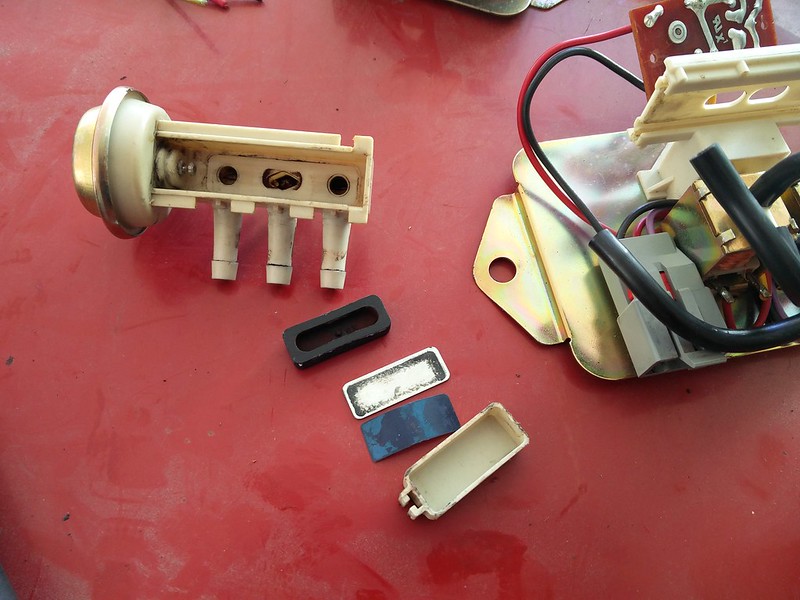
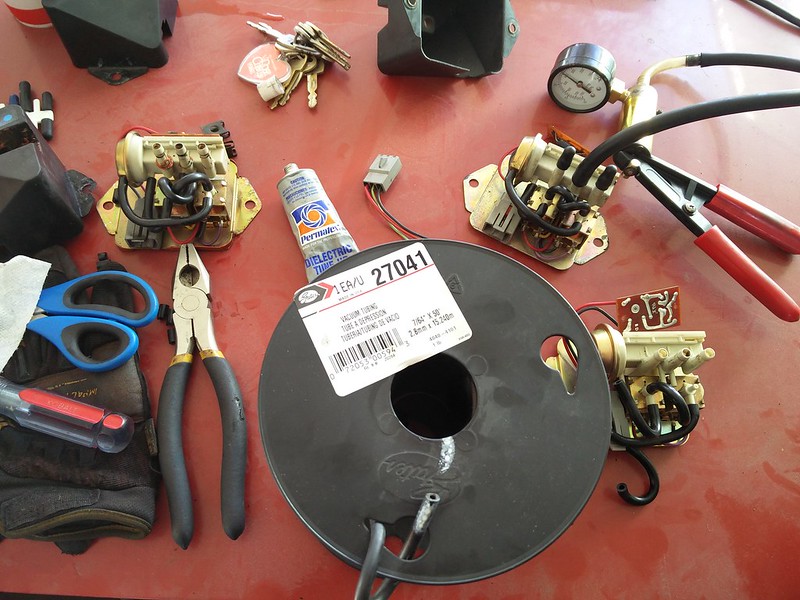
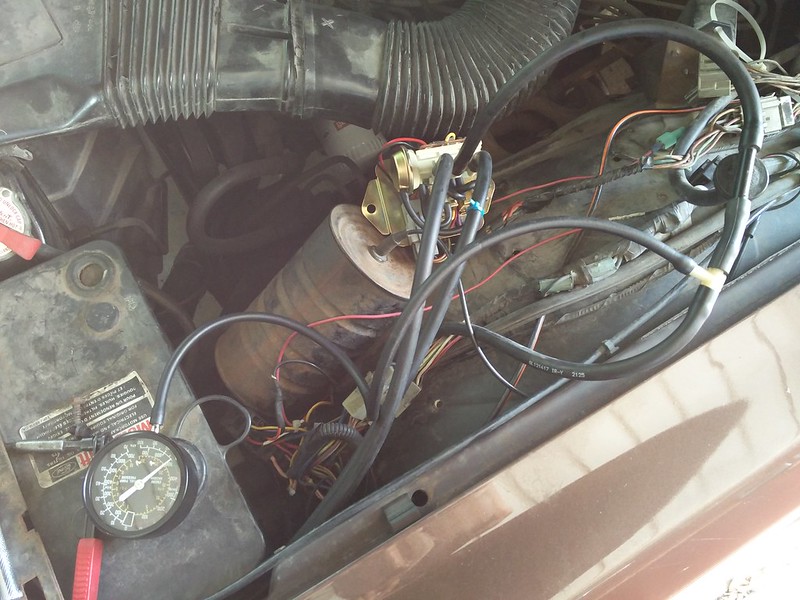
Comment